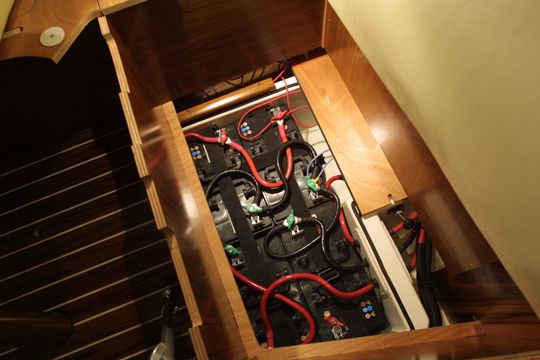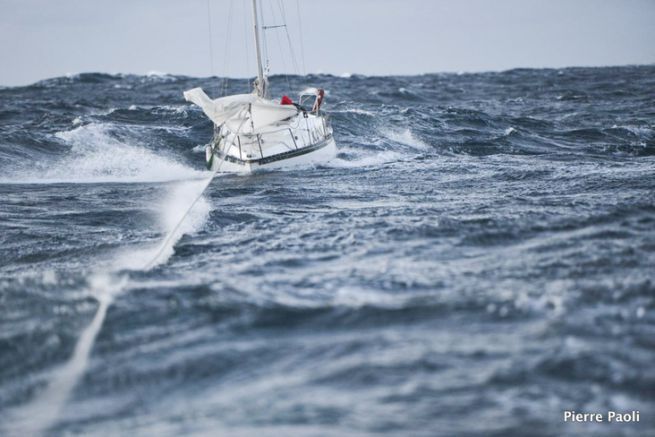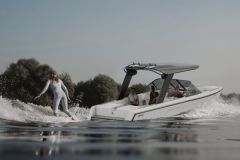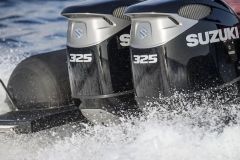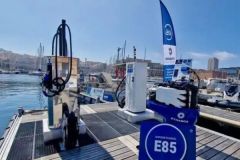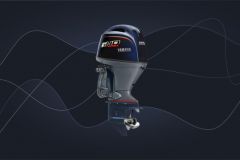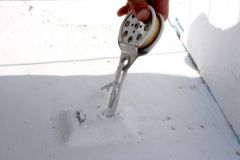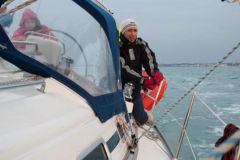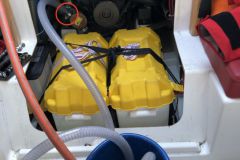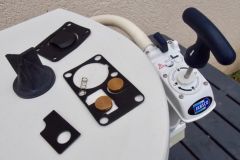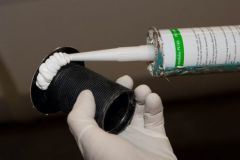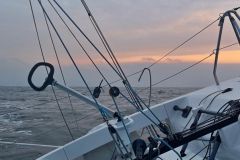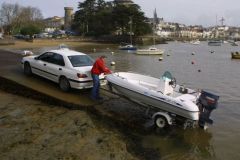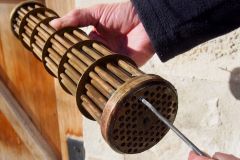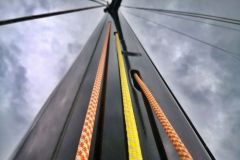A large majority of the requests for assistance that engage sea rescue concern breakdowns and damage that could easily be avoided. A few precautions, a few notions of troubleshooting often make it possible not to call upon rescuers who have to remain available to save lives when necessary.
Engine damage accounts for more than 60% of all assistance requests.
- Out of fuel :
Before going to sea, as a ritual, do a level check. Keep in mind that a gauge can fail. The safety reflex is to have a reserve of fuel in a separate canister. Gasoline doesn't age well, renew this reserve 2 to 3 times a season. Don't worry about diesel.
- The problems with food:
They are often linked to dirty filters or polluted fuel. In the first case, observe the manufacturer's recommended periodical changes. The fuel filter is part of the on-board maintenance kit, know how to replace a filter at sea and purge the fuel supply system. The fuel tank can be infected by bacteria especially for diesel fuel, regular chemical or mechanical cleaning prevents filter clogging.
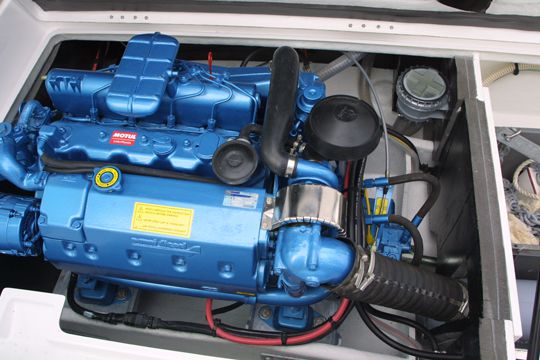
- Starter battery problem :
The starter battery is rarely fully charged by the alternator, which reduces its life. During the season, consider servicing your battery with a shore charger. In the event of damage, also consider inspecting the wiring and terminals, which can become loose due to engine vibration.
- Cooling problems :
When the engine is primed and during operation, frequently check the seawater flow rate required for engine cooling. Learn how to change the water pump impeller at sea, it is a wearing part that must be part of the on-board maintenance kit. If there is a cooling problem, check that the seawater intake and the seawater filter are not clogged with pollution.
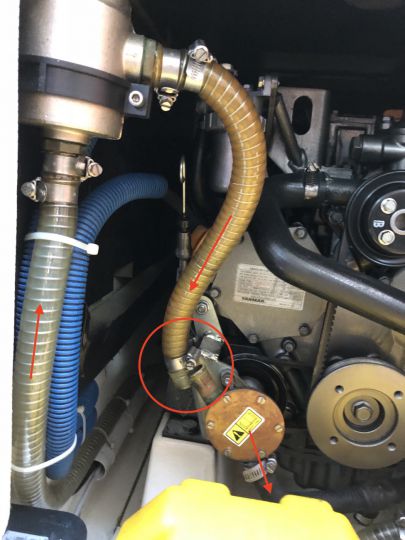
Rudder damage:
They account for a significant proportion of requests for assistance. They sometimes concern the bar itself, broken during a fall or a violent gybe. If you have a spare bar, it is advisable to try it out at sea.
More often, however, damage is caused by the connection between wheel and rudder. This transmission system must be regularly inspected and preventive maintenance will prevent many problems, and there is nothing to stop you from learning how to change the transmission lines.
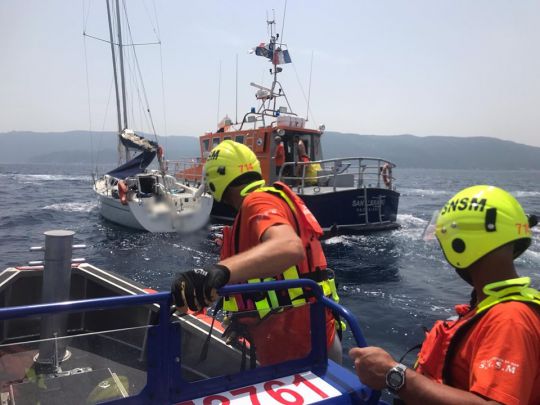
Damage to standing rigging:
The mast, but especially its peripherals, requires attention. The shrouds can come loose, the spreaders and gooseneck can take up slack until they give way.
To prevent these problems, a regular port inspection, including mast climbing, is required. All parts attached to the mast should be checked, especially the rivets. For single-strand shrouds, the first "gendarmes" will appear at the crimps.

Damage to running rigging :
Ropes, sails and fittings are also subject to potential damage. For the deck fittings, it is useful to have some friction rings that can replace pulleys and dyneema bitch to make transfilages. Winches are mechanical parts that require maintenance and periodic replacement of pawls and springs.
For manoeuvring, there must be at least one end of the length of the longest halyard on board. Ends which show significant wear on the sheath, will soon cause problems, they must be changed or repaired. For sails, an annual overhaul by a professional will avoid many problems at sea. It is also necessary to have a repair kit to stitch and/or glue the sails.
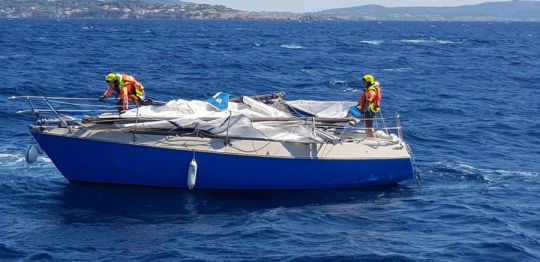
Waterways:
Unless a bottom contact is made, they will originate from valves, through-hulls, sail-drive seals or cable glands. As for valves and grommets, beware of corroding brass valves like the plague. Plastic valves and grommets are preferred without hesitation. A good reflex to prevent water ingress is to place pinochles next to each valve. In general, cable glands and the sail-drive seal are not a problem if the recommended changes are followed.
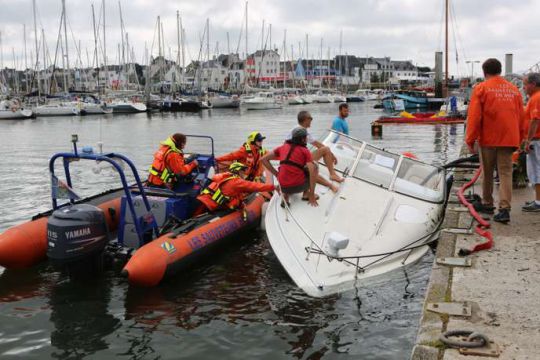
Electrical problems:
They are also very frequent, humidity, vibrations, corrosion are damaging our installations. The majority of breakdowns are due to connection problems between the batteries, the panel and the devices. In case of problem, follow the wiring path, disconnect, clean (WD40) and then reconnect properly. Many failures will be solved this way and if you have an electric multimeter, few failures will resist you.
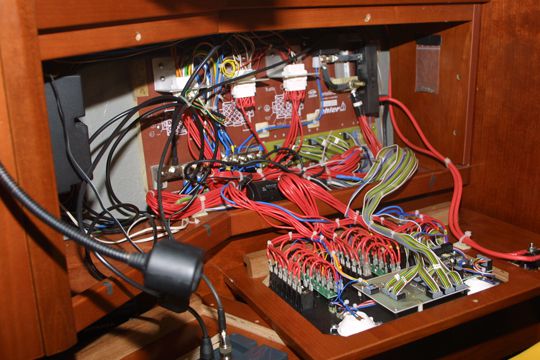
Battery failures :
Many electrical failures are the result of a dead battery. To overcome this problem, in addition to regular recharging, you need at least a voltmeter to get an idea of the battery's condition. The ideal is a battery manager with a well-tuned alarm. To preserve the life of most batteries, do not go below 60% of capacity, and if the voltmeter indicates 12 V, it is time to recharge (a full battery indicates 13.7 V).
